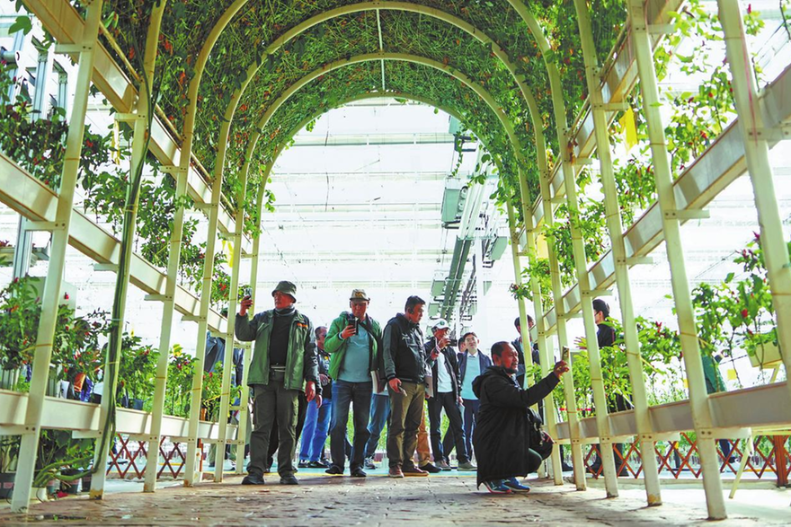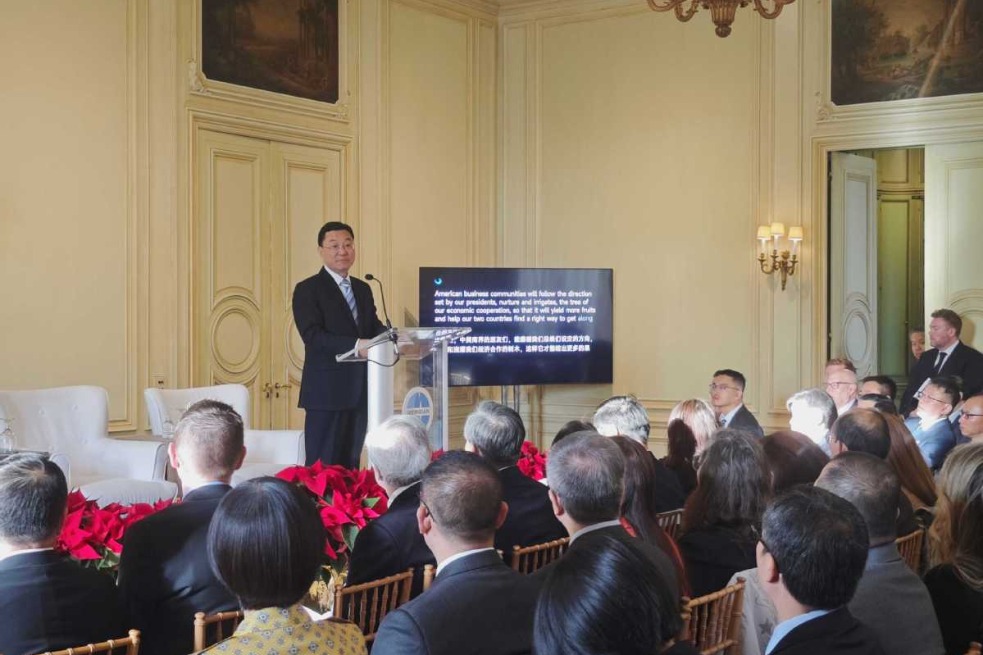Full speed ahead for SE Asia on the move


From gleaming rail lines to enhanced trade ties, region taps opportunities
For travel business owner Benny Kong, the China-Laos Railway has brought many benefits over the past year, and for many others, it's creating a buzz over yet another transformative infrastructure project improving lives in Southeast Asia.
"The occupation rate of our hotels has seen a rise of 20 to 30 percent after the railway opened to traffic," said Kong, who owns two hotels in the northern region of Luang Prabang, one of the famous tourist destinations in Laos. "Thanks to the line, interprovincial tours are convenient and fast for local people and tourists."
Currently, several trains are running on the Lao section of the railway every day but they can barely meet the demand, said Kong, adding that it's very difficult for his travel agency to get tickets for his clients in advance and he hopes in future more trains would be put into operation.
"The trains are popular. Local people are excited because they are able to travel faster with less cost. For tourists, the clean, well-designed trains not only cut a lot of travel time but also provide them with high-quality service. Many people want to go to Laos now, it (the China-Laos Railway) helps us a lot."
Kong said railway infrastructure is crucial to Laos, a country that lacked rail transport due to its mountainous terrain.
The China-Laos Railway has brought a lot of economic benefits for the country and its people, said the hotel owner, who is looking forward to even bigger gains for the travel industry after more trains are put into service on the line.
The line connects Kunming in Yunnan province with the Laotian capital Vientiane. The 1,035-kilometer railway, a landmark project of the China-proposed Belt and Road Initiative, started operations in December 2021.
Marking the first anniversary of rail operations, Lao Deputy Prime Minister Sonexay Siphandone on Dec 3 hailed the infrastructure project's contribution to Laos' socioeconomic development.
The cross-border railway, which has become a gleaming symbol of the Laos-China friendship, has succeeded in converting Laos from a landlocked country to a land-linked hub able to take advantage of the synergies flowing from the BRI, he said.
According to the China State Railway Group, as of Dec 2, the China-Laos Railway has handled over 8.5 million passenger trips and transported 11.2 million metric tons of cargo since its launch a year ago.
For the section in China, the railway has handled 7.2 million passenger trips since its launch, with the maximum number of trips reaching 50,000 in a single day. On the Lao side, 1.3 million passenger trips have been logged over the period, with the daily figure reaching 8,200.
Ju Guojiang, chairman of the Laos-China Railway Co, a Vientiane-based joint venture responsible for the Lao section, said the railway has carried nearly 2 million tons of goods, including some 1.6 million tons of cross-border goods, as of early December. Ju said that the company has also cultivated local talent for the railway with more than 100,000 jobs created.
Elsewhere in the region, the G20 Summit in Bali in November put another railway line under the international spotlight.
The Jakarta-Bandung High-Speed Railway, which is expected to begin operations by June 2023, is a flagship project that synergizes the BRI and Indonesia's Global Maritime Fulcrum strategy.
Designed for speeds of up to 350 kilometers per hour, the high-speed railway built with Chinese technology is expected to slash the traveling time between the Indonesian capital and Bandung to just 40 minutes from over three hours, boosting economic competitiveness in regions along the route. Each of the two rail lines is often seen as a poster child for cooperation between China and ASEAN countries under the BRI framework, facilitating a more open and dynamic regional economic integration.































